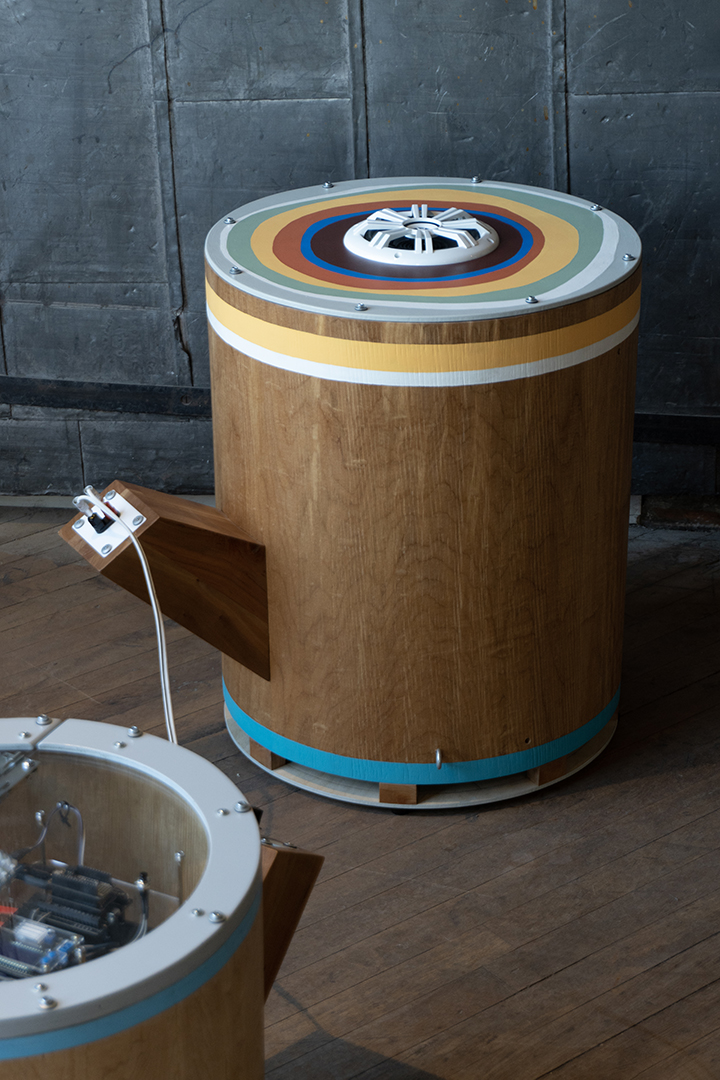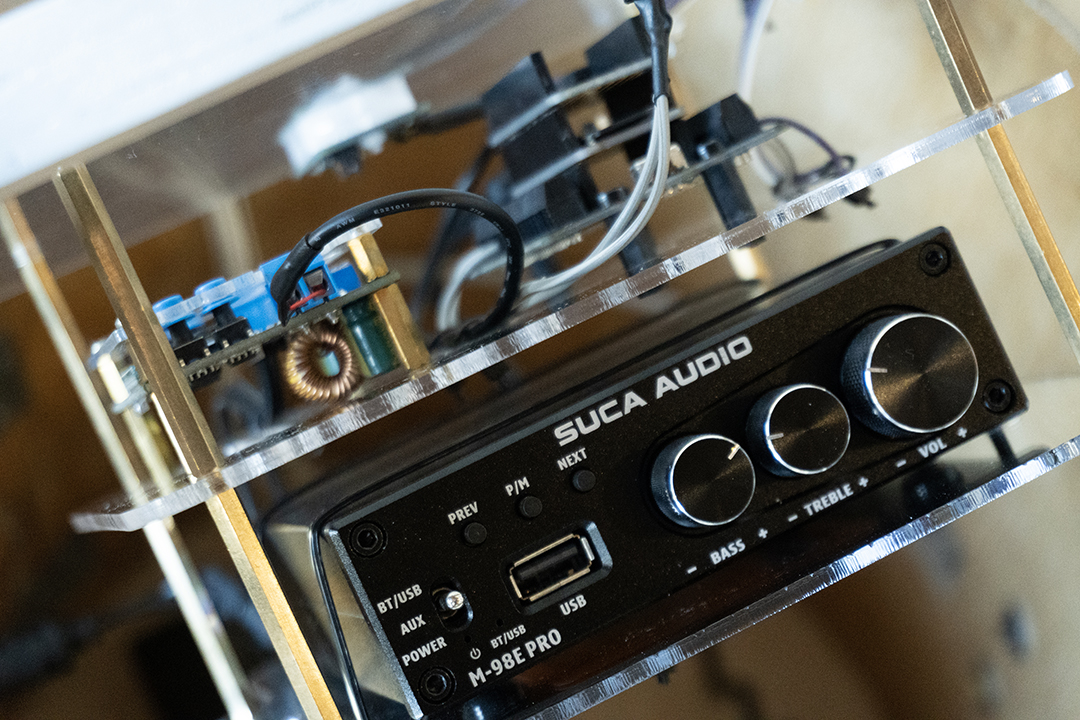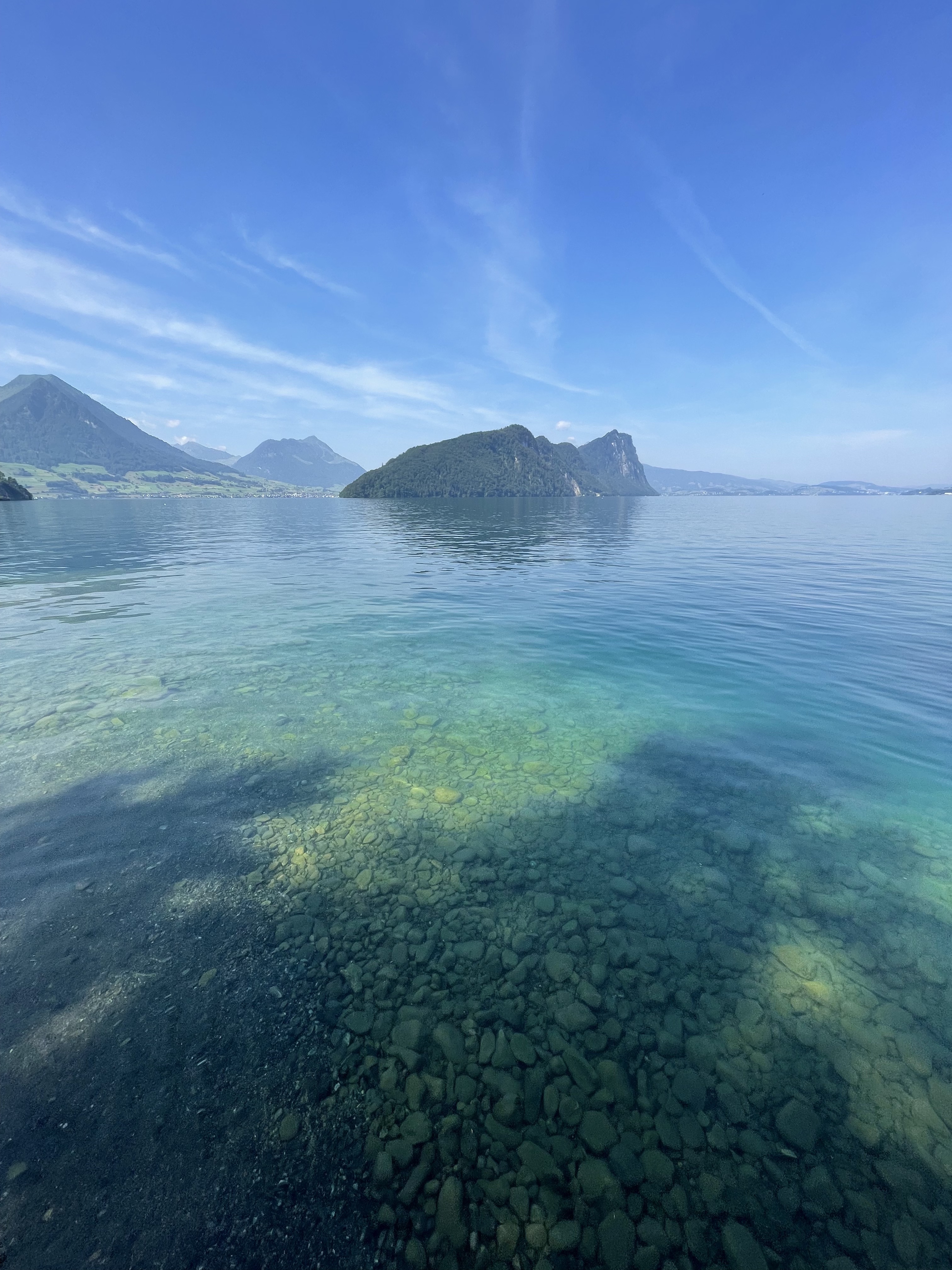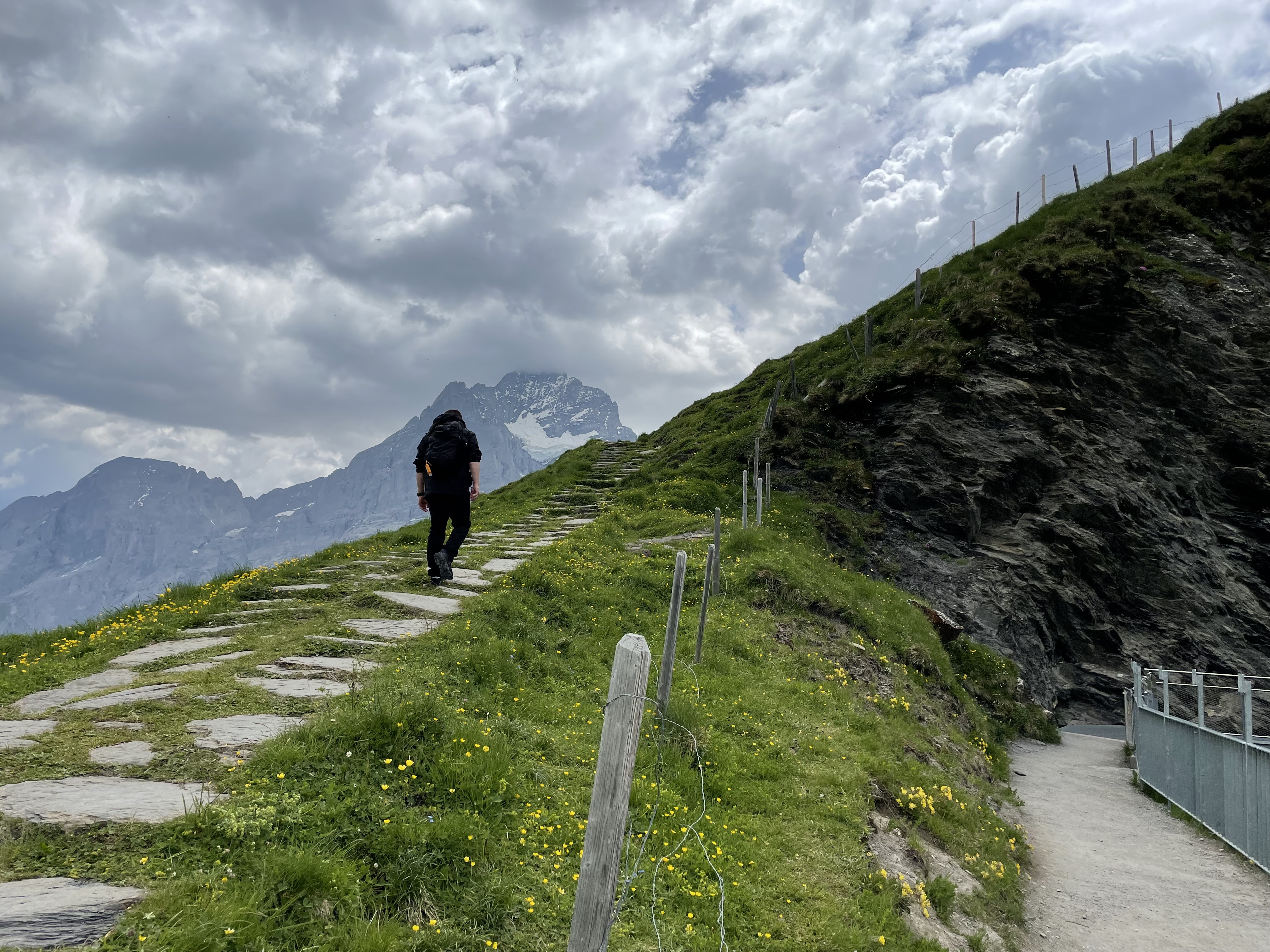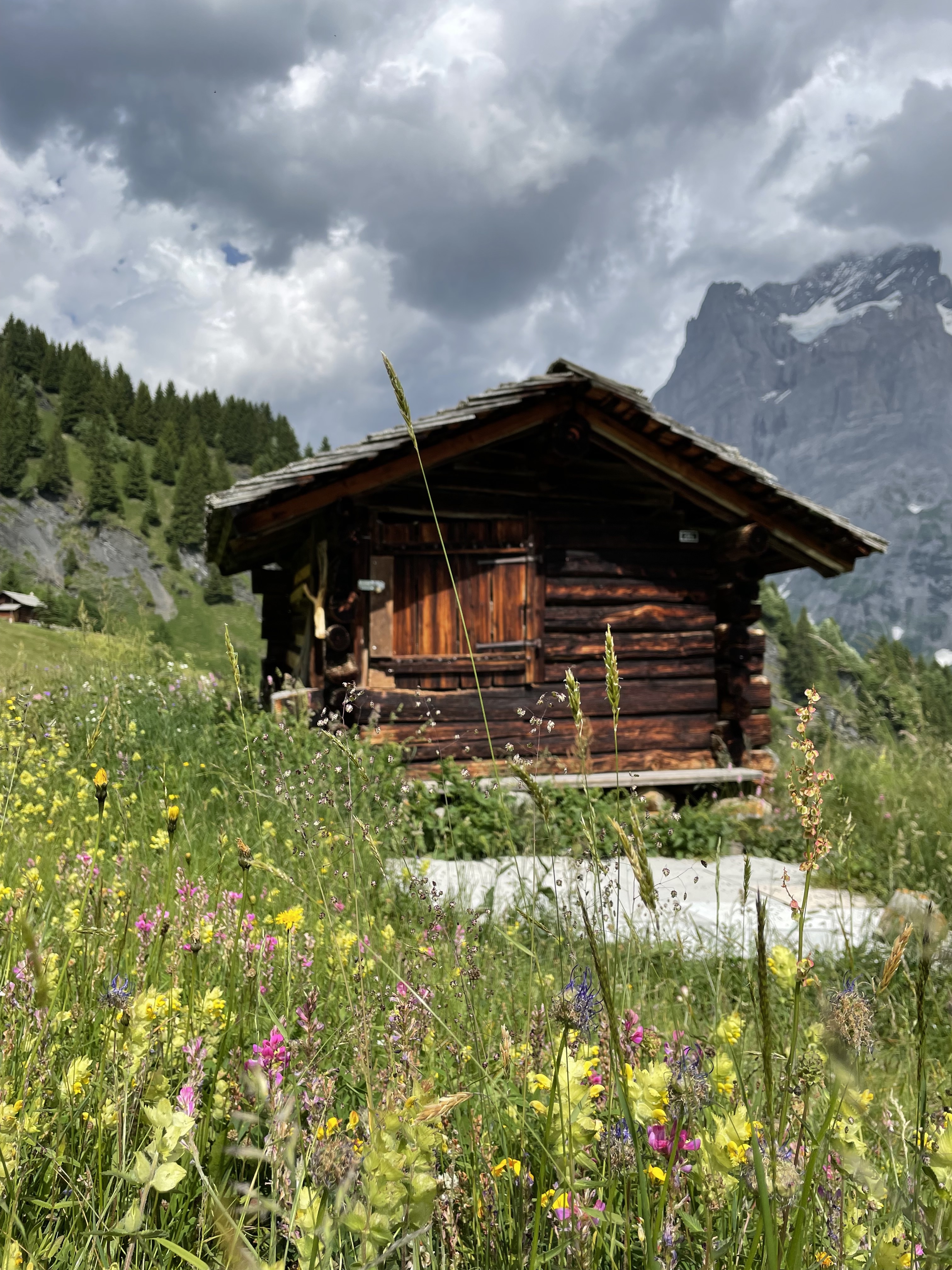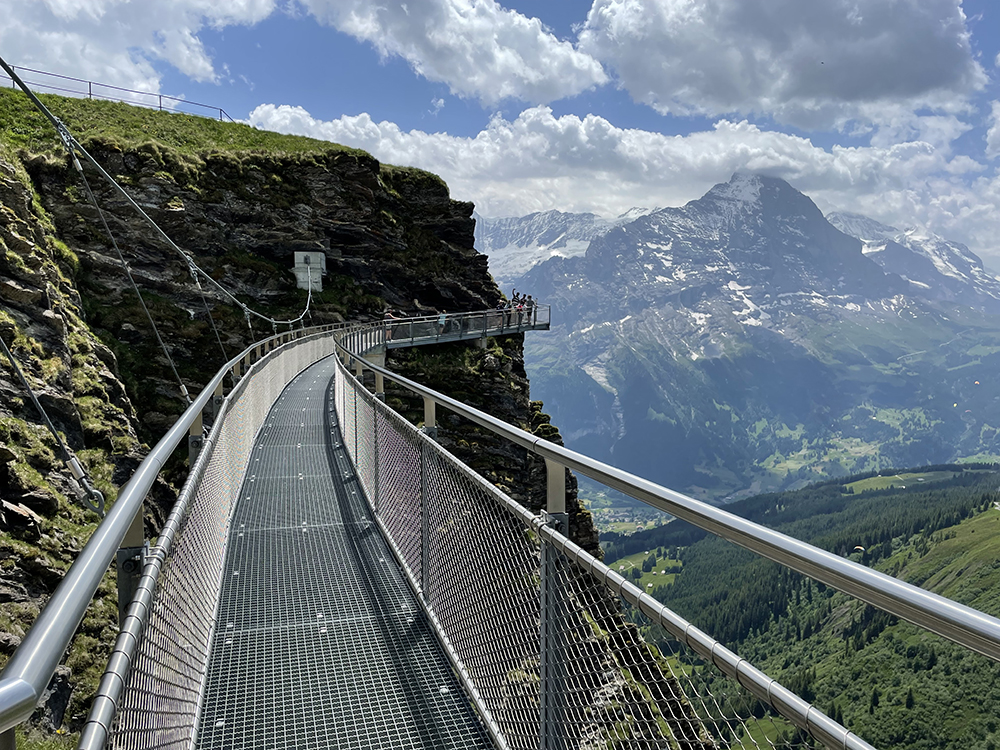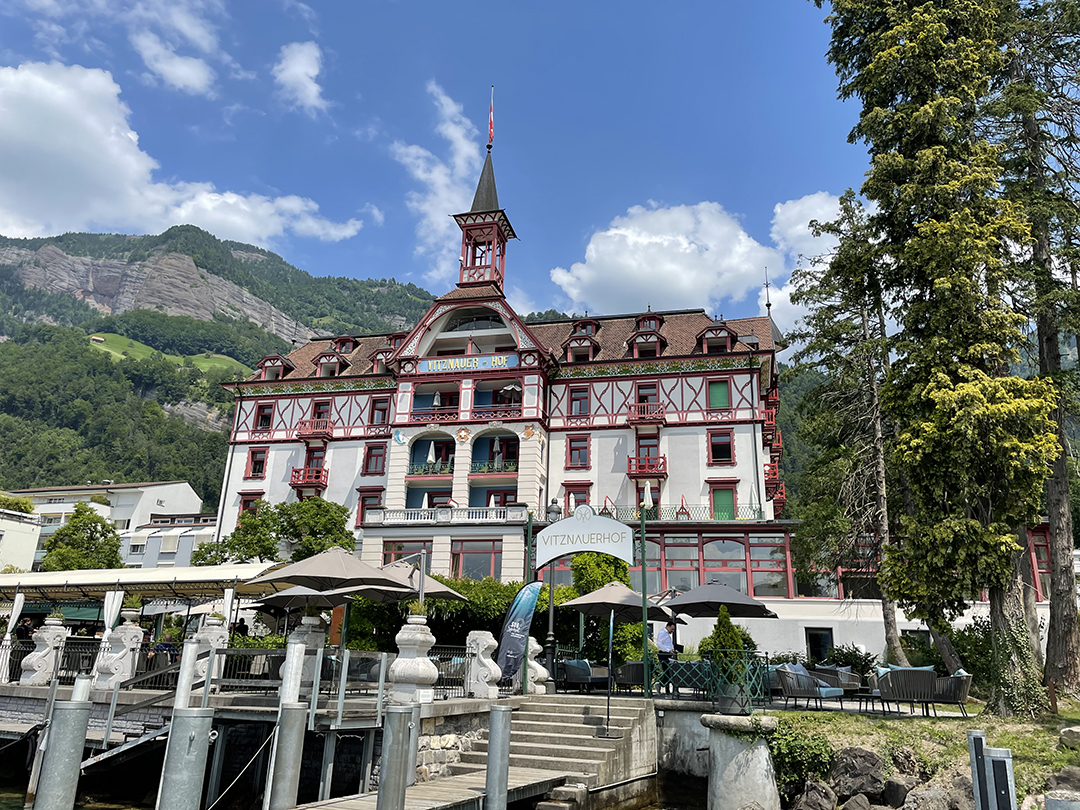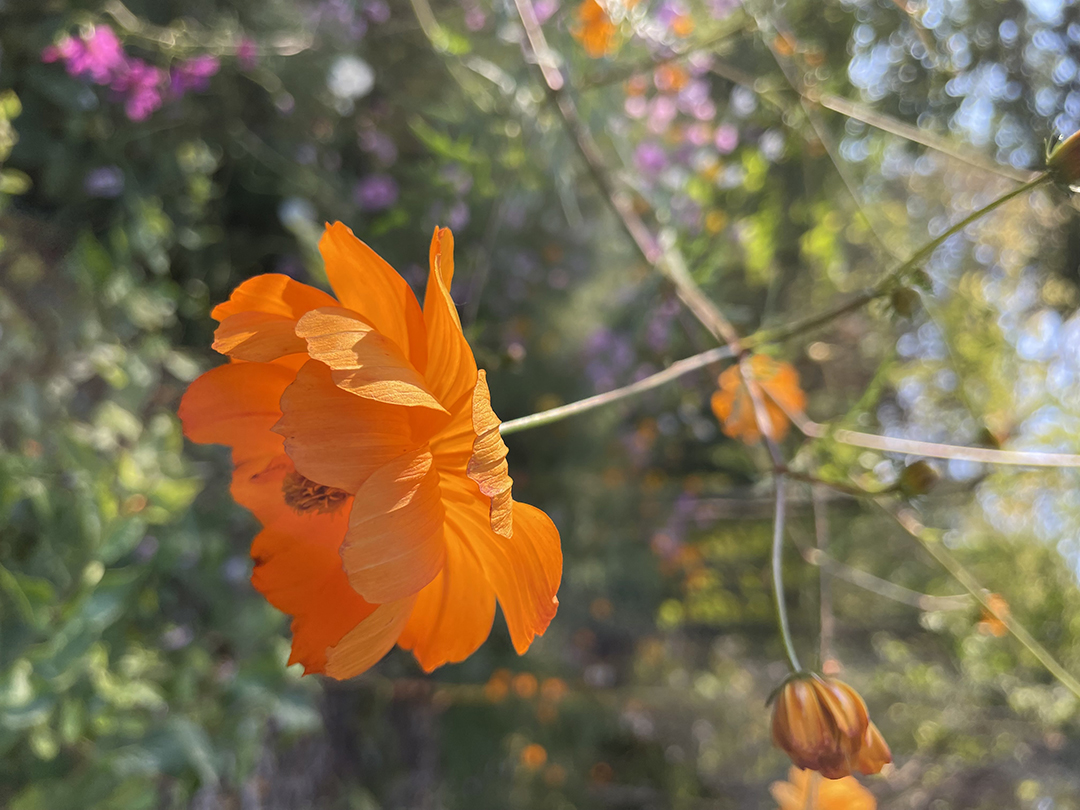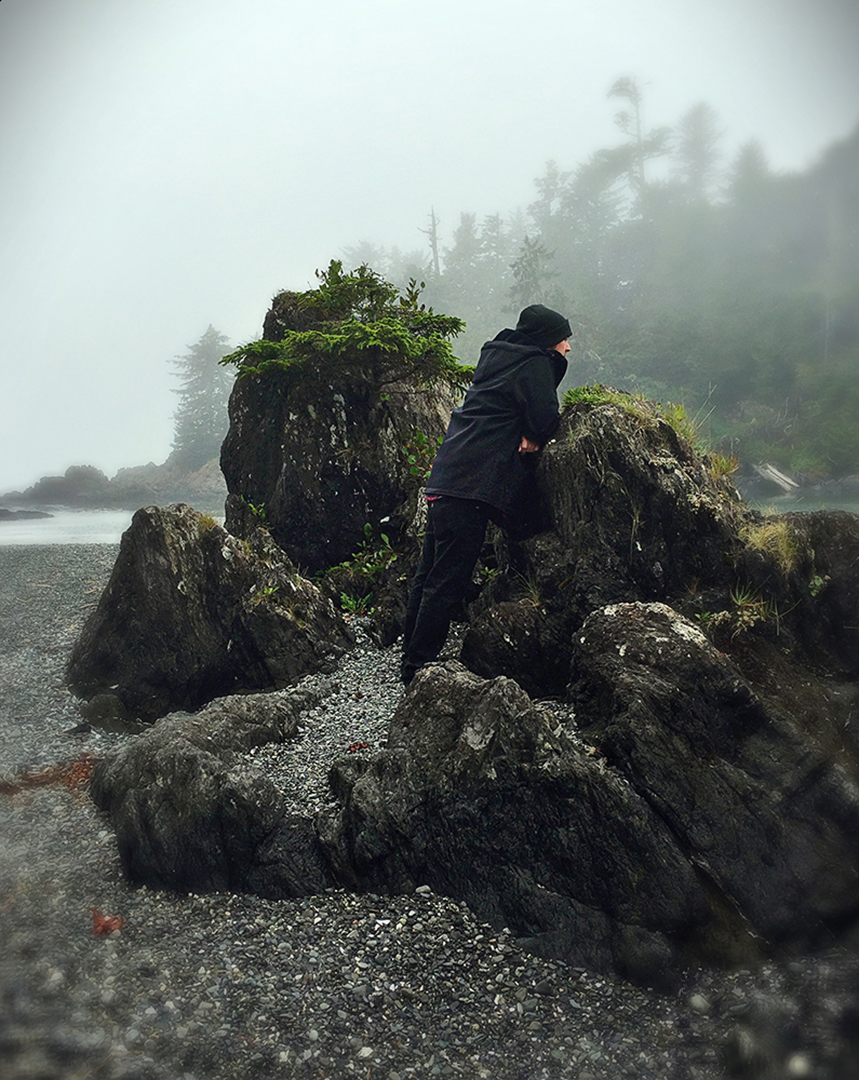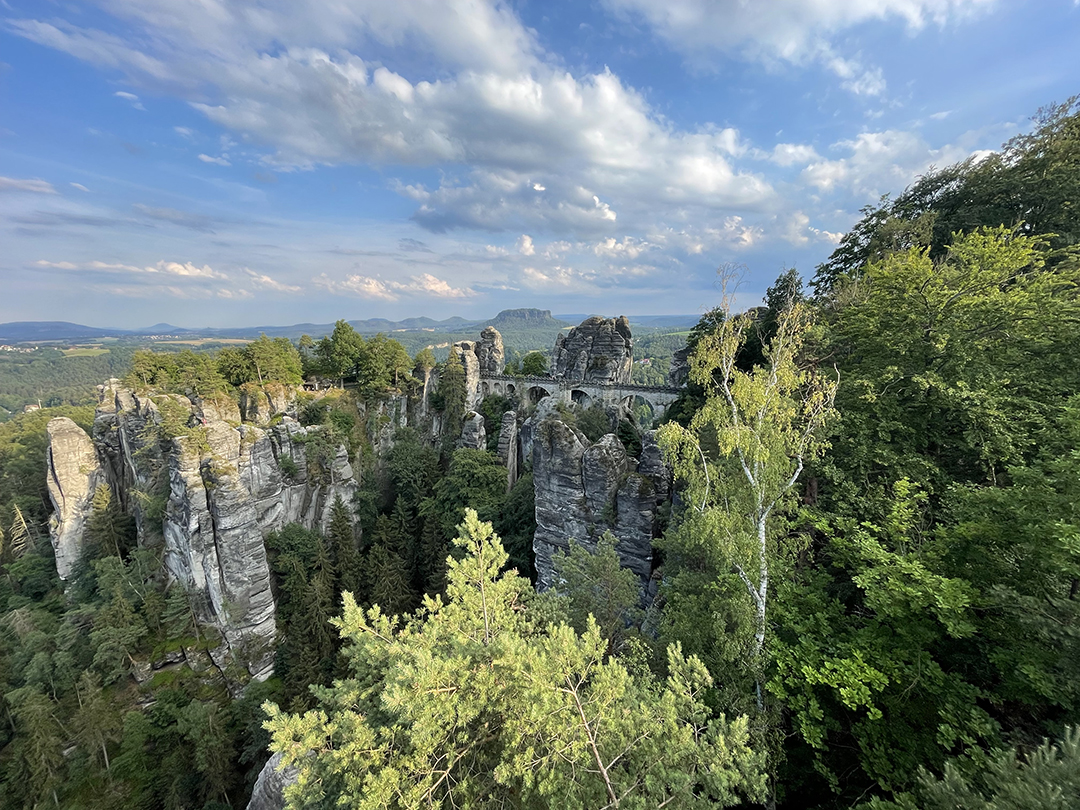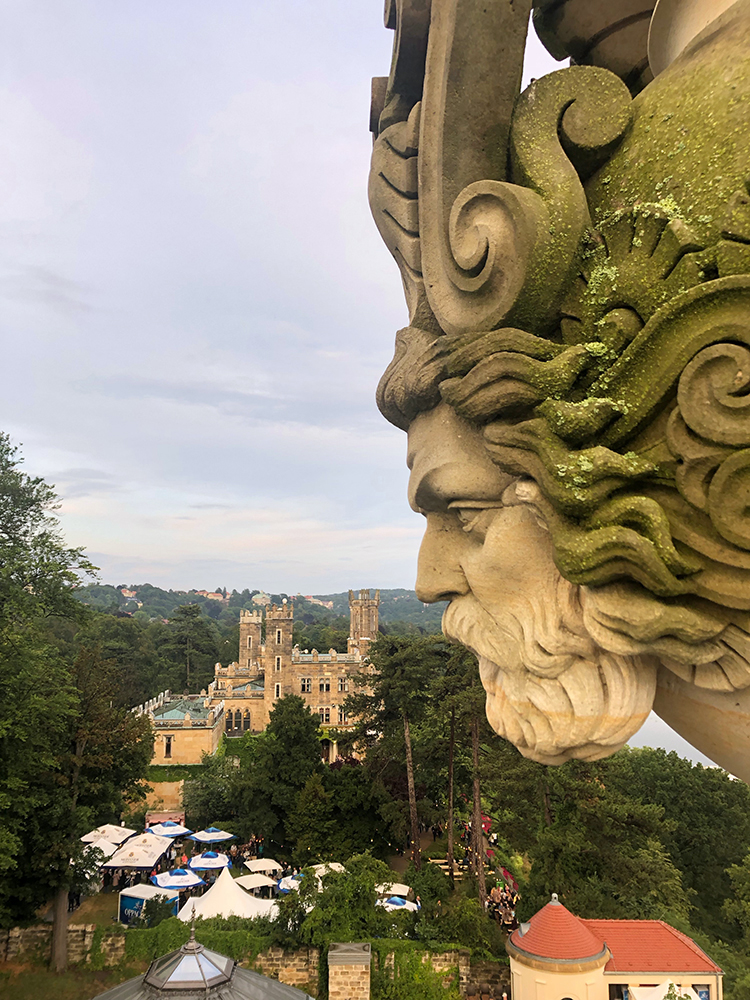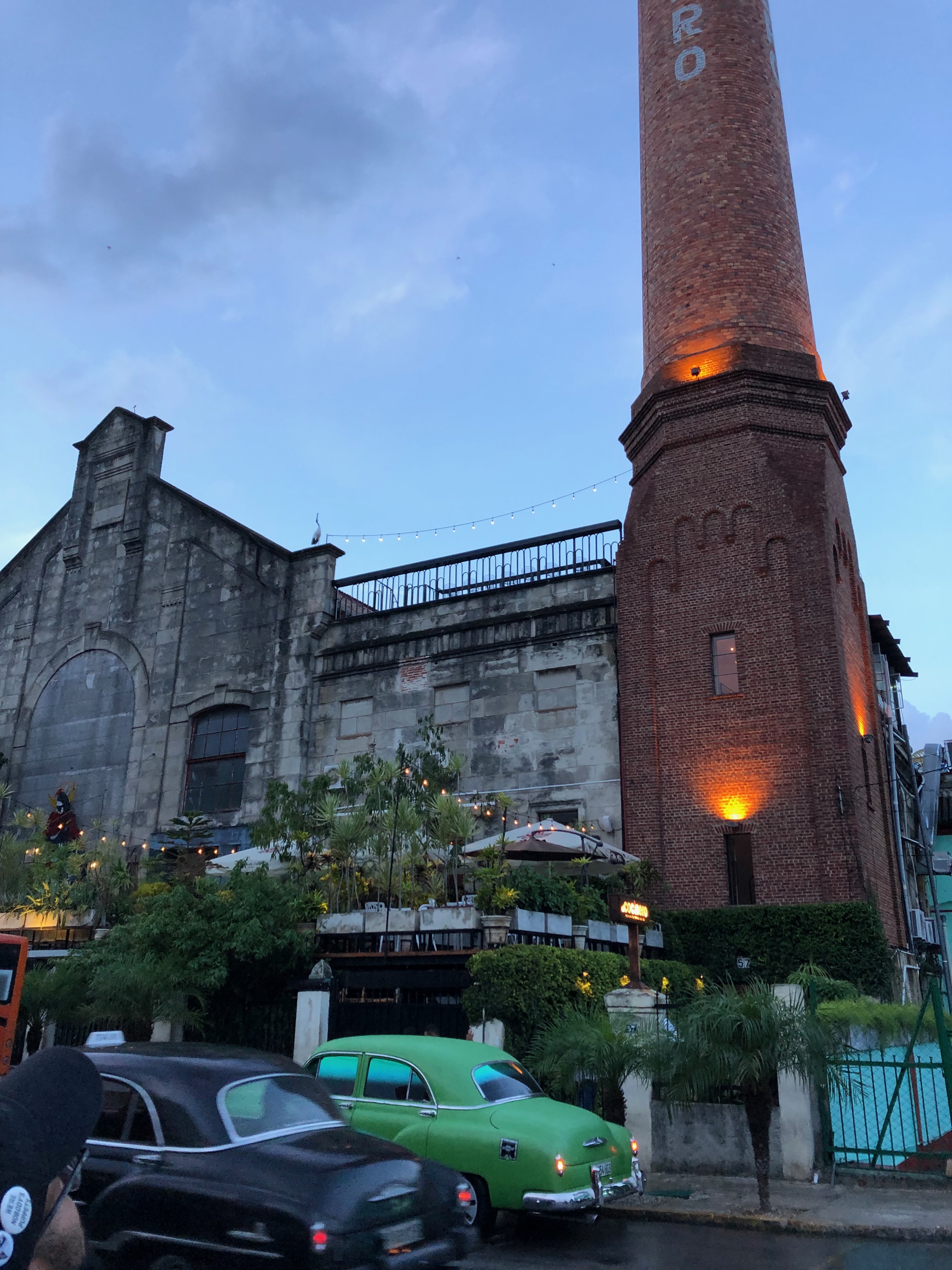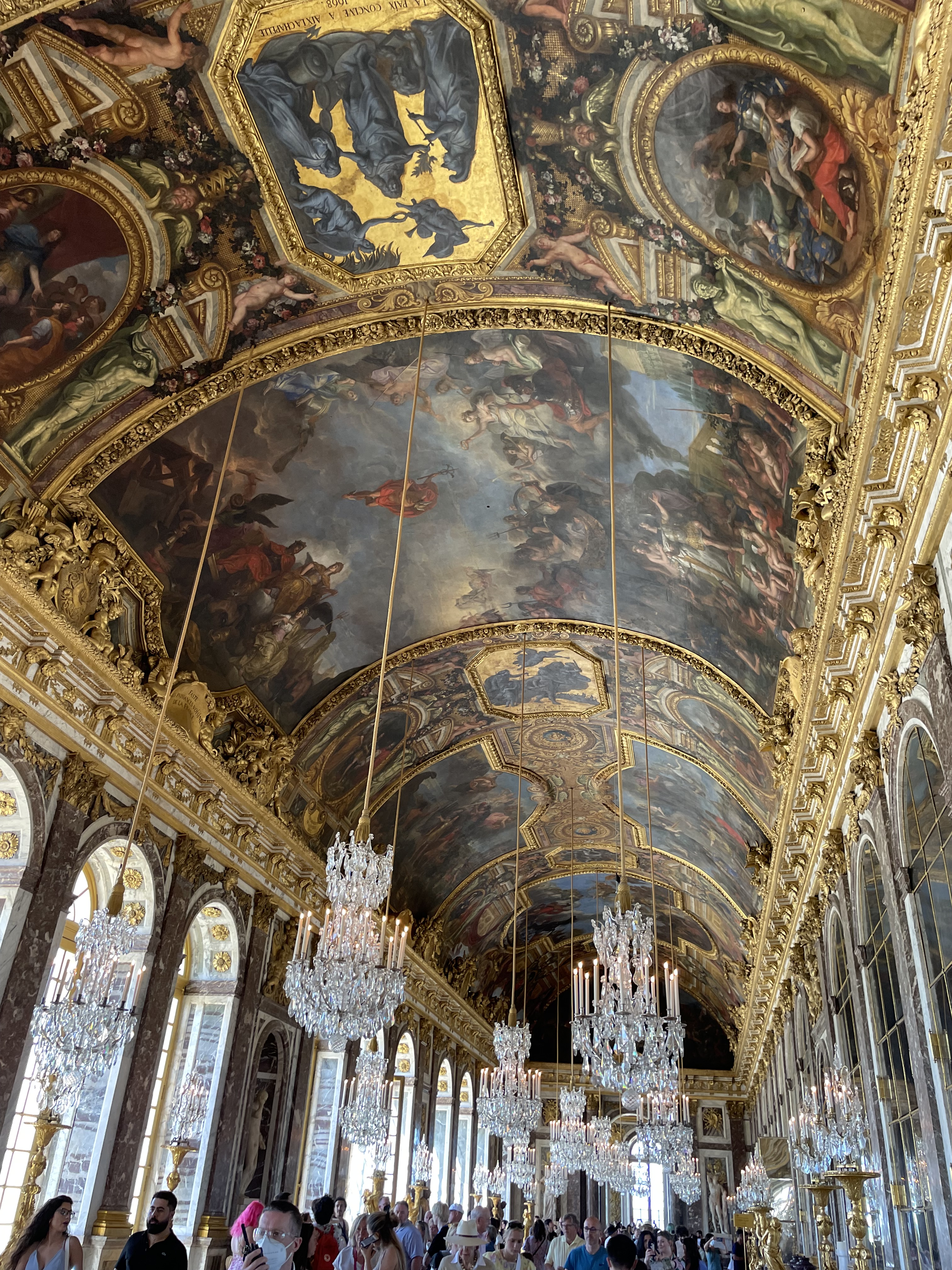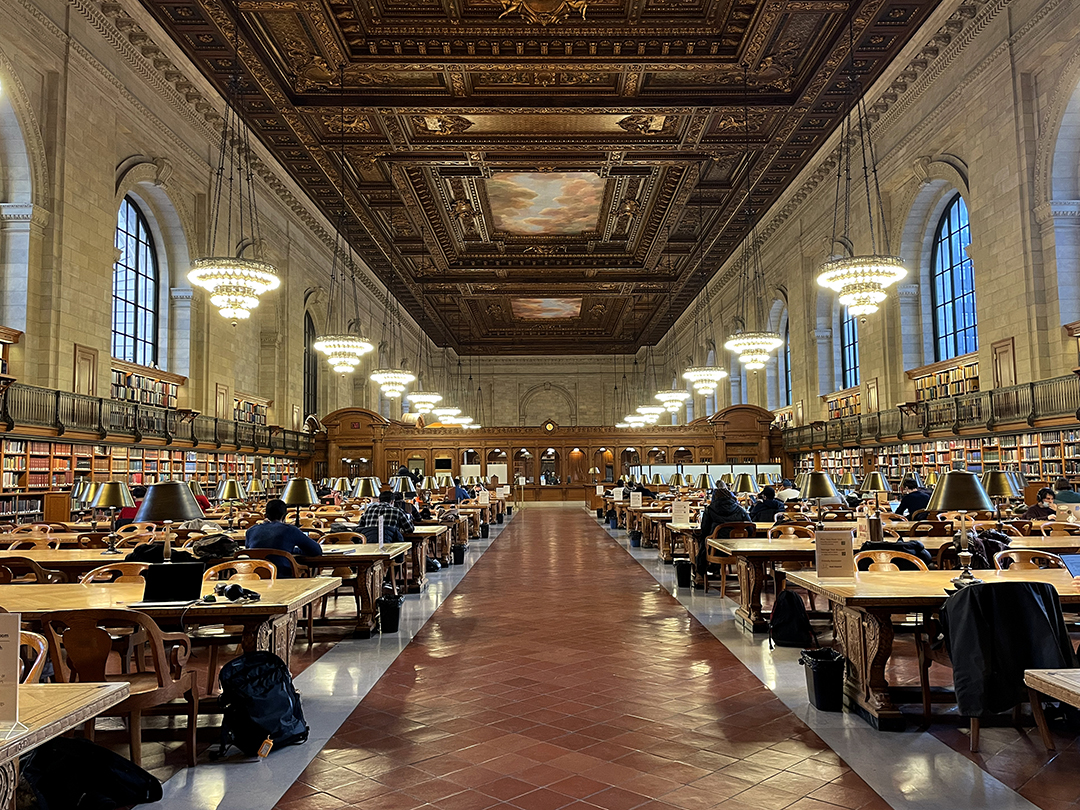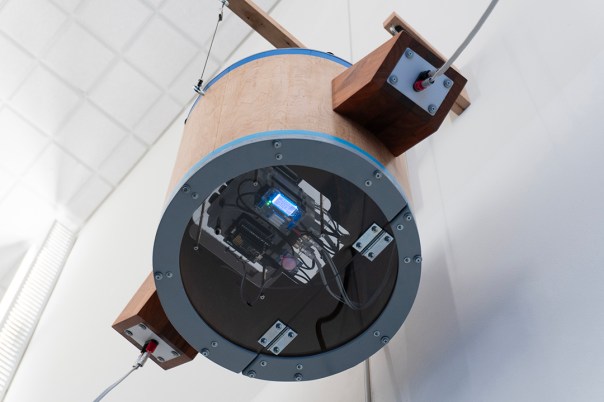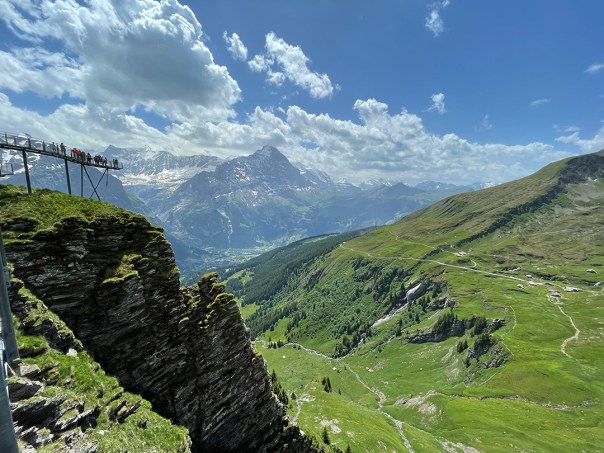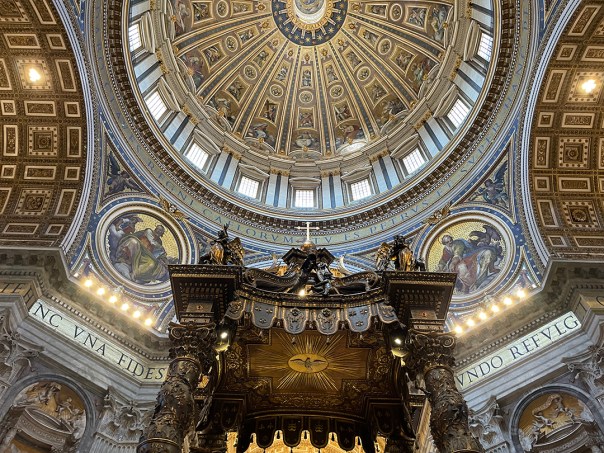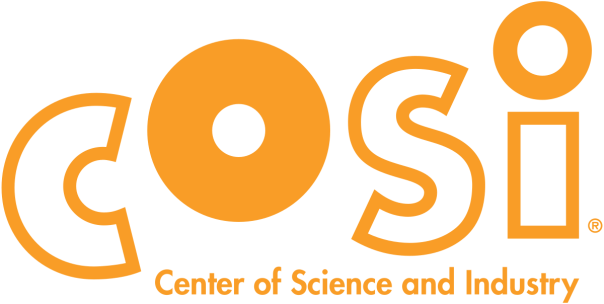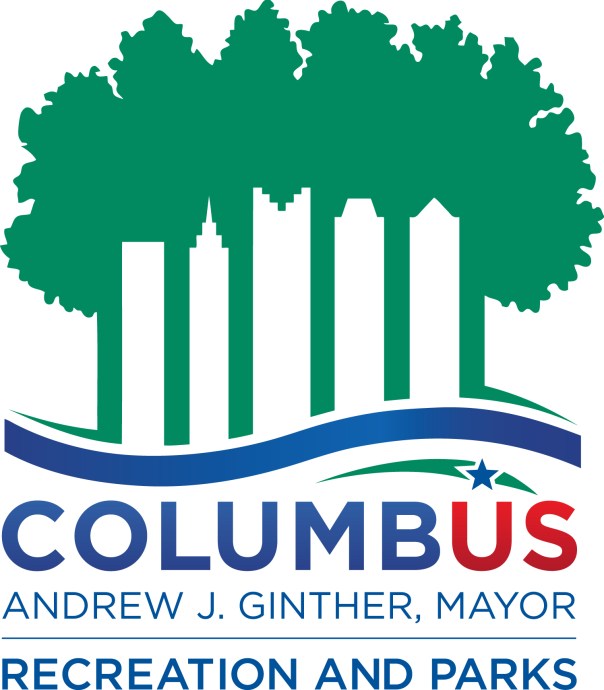What Does the Sistine Chapel Sound Like? Interactive Sound Sculpture Brings the World To the Center of Science and Industry Museum
by Daric Gill
We’ve all seen photos of the Eiffel Tower in Paris, watched movies of the ancient Colosseum in Rome, & stared at the brush strokes in a poster of Vincent van Gogh’s “Starry Night”. But what do they sound like? I’m exceptionally happy to introduce, “The Memory Machine: Sound“, a motion-activated sound sculpture that plays a collection of recordings, taken during my travels to some of the world’s most interesting places.
Process video coming
For the next year, you can find this piece at the renowned Center of Science and Industry Museum. Let your curiosity listen along, as you go behind a waterfall in Canada, stand inside a giant clock tower in a German castle, & hear the claps of a thunderstorm in the snow-covered mountains of Switzerland.
This sculpture is part of a series called, “The Living Machines“, a set of interactive electronic & robotic installations that abstractly mimic the emotional nuances of living organisms through light, motion, &/or sound. These robotic installations reflect the harder-to-quantify expressions of life like excitement, extraversion, shyness, nostalgia, reflection, the ability to dream, etc. In this piece, you are invited to share interesting moments, places, & times through 3-dimensional sound.
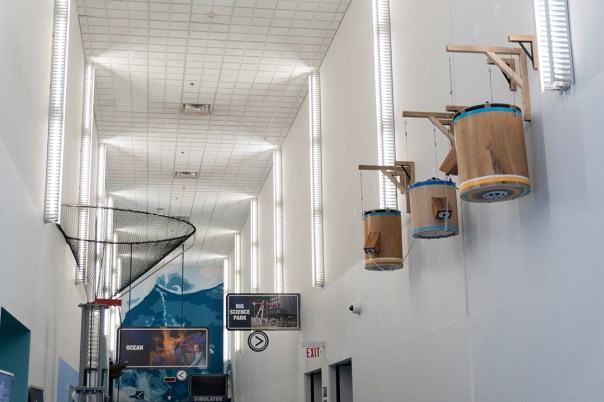
*Skip to Photo Gallery*
What It Is
Three wooden cylinders are suspended 14 ft (4.26 m) up in the air. They resemble a set of stylized upside-down tree trunks with cut off branches. The bottom of the center ‘trunk’ is clear, allowing visitors to see the inside electronics of the sculpture. These electronic brains run codes that I’ve written to control it. 1 2 3. Directly in the center of the window is a round plastic ball that turns red when it senses motion. This is a heat/motion sensor called a Passive Infrared Sensor (PIR) 4. On either side of the center cylinder, are a set of white speaker wires leading to the left & right ‘trunks’. Mounted to the bottom of the left & right, are white speakers 5 centered inside colorful shapes that are reminiscent of growth rings in a log.
What It Does
When the sensor picks up heat from a moving visitor, it sends a signal to the sculpture’s brain to select one of 60+ different sound samples from its memory. After a voice gives a brief description of what is about to play, the selection softly eases in & can last between 40 seconds to almost 5 minutes in length.
The sounds can be divided into 3 major categories:
Important Landmarks: e.g. What it sounds like next to Leonardo da Vinci's painting, the “Mona Lisa”, held in the Louvre Museum. Paris, France.
Interesting Natural Environments: e.g. Standing next to a small creek in a valley of an old-growth coastal redwood forest, under trees the size of skyscrapers. Muir Woods National Monument. California, USA.
Impactful or Special Moments: e.g. A crowd listens from the street as musicians play their stringed instruments inside a comfy restaurant. A young woman in a red dress dances the waltz among the crowd with an older gentleman. Dresden, Germany.
Over the past few years, we all were part of a shared unfortunate experience and we took note of the things that we missed or cared for in life. For me, it was being part of something bigger than myself; enjoying a life that was adventurous & purposeful. So, I set my sights on finding ways to gain that back.
The Inspiration
I am driven to be curious; to wander into interesting spaces & situations. This often leads to a desire to quantify those impactful experiences in a way that preserves the emotion, sense of place, & memory of that moment. In the past, I’ve missed out on those opportunities to share what it sounds like from atop an ancient Mayan pyramid or in the morning mists and animal sounds of rainforests. Now, when I find myself enjoying a special event, I am left inspired to share it with others so they are enticed to become curious about the fullness of life in their own way, using their own voice.
Summer of Sounds & Sights
In 2019 I was honored to accept a 3-month paid artist residency in Dresden, Germany. During that time, I fell in love with Switzerland, Germany, & the Czech Republic. I tried my best to live like a local, which allowed me to make lifelong friends that I still speak with almost daily now. Europe would become a beacon of light during the lockdowns, calling me back to it and promising new adventures. I vowed to make my way back as soon as I could.
This past summer, as I finalized much of the sculpture’s outward shell, I decided to break the multi-year travel fast & go all in to record its most valuable sounds. Armed with a new quality field recorder, one of the many tools acquired through a gracious supply grant from the Greater Columbus Arts Council, I packed my bags for a new wonderous trip.
First, I flew to Paris where I enjoyed the sounds & splendid views of notable (yet touristy) spots like the Louvre, Eiffel Tower, Sacré Cœur, Paris Catacombs, & the Palace of Versailles. Then a bit of adventure was had as I wandered further out in the arrondissements & happily took chances ordering dishes I didn’t know, in flower-covered cafes, using a language I have no command over. I was not disappointed.
Next, I flew to Zurich, Switzerland. There I rented a car & drove to the Bernese Oberland (part of the Swiss Alps), where I revisited the trail that leads behind Staubbach Falls in Lauterbrunnen, raced a Mario-cart style tricycle down Mt. First, before laying in a mountain meadow as cheese cows graze near alpine houses. I ate seasonal farm-to-table meals from locals, watched the sunset turn the crystal blue waters of Lake Lucerne fire orange, & rode a cog train from the Vitznau area to the summit of Mt. Rigi. All with my field recorder in hand.
Holding to my promise, I made my way back to Germany. My dear friends had kindly agreed to rent me the former residency apartment for my time in Dresden. I quickly purchased a renovated bike & spent the summer searching for hidden moments within castles, researching national treasures, laughing with new & old friends at art openings, & sipping coffee in the bistros of my favorite cafes 6 7. Regional trains brought me to Berlin & many other small towns sprinkled throughout Saxony. Birds called to me in the midst of the sandstone mountains of the Sächsische Schweiz national park. I even helped a friend hang a photography show for a Shostakovich festival in Gohrisch, a tiny town near the German-Czech border where he composed his Eighth String Quartet. When I wasn’t gathering sounds for my sculpture, I created a new painting for a solo exhibition at the Massillon Museum upon returning home.
Toward the end of my travels, my friend & I spent a week dipping in & out of the heat of Rome, Italy. History unfolded before us as we crowded into the Pantheon, stared in awe at St. Peter’s Basilica, imagined the gladiators at the Colosseum, & became silent before any number of private museum spaces housing untold marvels. I zipped on a scooter to the top of one of the seven hills of Rome, listened to a guitarist gently serenade anyone who wished to listen under an orange tree, & later had regional wine in an unassuming outdoor bistro, run by a master sommelier.
These are only a few of the amazing examples held in the memory banks of this sculpture. At the time of this post, the sculpture features sounds from 7 countries (Cuba, the United States, Canada, France, Switzerland, Italy, & Germany). This number will naturally grow as I start recording more while I’m exploring. It’s only recently that I’ve been able to capture stereo audio in a convenient way. There are plenty of past moments & places that I wish were captured in high-quality audio.
“The Earth Is Us” Exhibition
The planning for “The Memory Machine: Sound“, started before the pandemic. In 2019, curator Char Norman, a former teaching colleague of mine, invited a group of artists to participate in a 2020 exhibition at the Columbus Cultural Arts Center, called The Earth is Us: Forging a New Relationship. Artists were encouraged to find a personal connection with the ideas of sustainability & the critical issues facing the planet. As 2020 unfolded, the uncertainty of indoor exhibitions made way for a small stipend & a partnership with the Columbus Recreation & Parks Department, to include outdoor satellite locations. At that point, I used my connections at the Center of Science & Industry Museum to begin mapping out potential options for Dorrian Green Park, a city-owned sensory park adjacent to the entrance to the science museum.
While I continued to pursue my satellite co-partnership with COSI, the other artists would go on to have a fantastic exhibition that debuted in September & came down in late October 2022.
The Sculpture That Almost Was
Naturally, projects like these take a long time for which to research & prepare. For the next year, I started on a complex site-specific sculpture that blended reclaimed materials with parametric designs, inspired by sounds & shapes of the flora & fauna belonging to locations I could access during the lockdown. These sounds would then be broadcast from the sculpture over FM transmissions to anyone with a nearby radio (my creative solution to engage an audience without endangering them to large crowds). A series of colored LED lights would light up & give animation to the sculpture when it was in action.
After familiarizing myself with nearly 200 pages of FCC FM regulations, I excitedly purchased a few short-range FM transmitters, wrote codes that could control them, & began studying for my Amature Radio License in case I could scale up my broadcast to include long-range. I spent months brushing up on my calculus & trigonometry & used math to design a fully functional CAD model that could be scaled up & down on the fly, in case the venue changed & it required a dimension rescale. Due to an ongoing electronic chip shortage & supply chain issues, I took the opportunity to design & have my own circuit boards manufactured that could help streamline parts of the sculpture for which I already had working.
Rethinking Sustainable
As with much of 2020-2022, it was normal to see postponed opportunities, leadership changes, & pivoting ideas daily. During that time, I spent a considerable amount reflecting on my future goals.

I already knew I wanted to face down the seemingly insurmountable theme of combining technology with reclaimed materials & sustainable practices. But I also needed to be honest about how unsustainable this particular process had been. With the aforementioned chip shortage & a site-specific sculpture that had a location that was shifting, I decided to add one more layer to the work. In line with the theme of the initial exhibition, not only did I need to use reclaimed materials, but it should also contribute to a more sustainable business opportunity leading out of the lean COVID years.

As we started into 2022, things were looking up. Spaces were opening & people started gathering again. While I really loved the idea I was working on, I was re-enthused by the prospect of building something more in-person & more aligned with the budget & scale of the new normal. After all, there were a lot of differences between 2019 & 2022. Sometimes a great solution isn’t always the best solution. It was time for a total rethink.
I took inventory of my supplies, budget, & my artistic vision. What materials do I own that have been overlooked but have great quality & potential? What version of my artistic vision & plans had been postponed during the past few years, but now had opportunities? What resources do I have at my disposal that can make the biggest impact on the growth of my work & career?
Renewed Materials
As a maker of objects, I build things & put them into the world. When I can, I try hard to reuse discarded or waste materials. At least in my own work, I like clean fastidious designs. If I can show that with the right skills, materials can be renewed in a way that looks fresh, that’s a win.
Six years ago, I was given a group of wood cylinders; a gracious donation facilitated by Steve Sauer at Bigger Tuna, & provided by Bob Kilgore at IC WOOD, who has craftily invented a way to hollow out logs into natural wooden tubes. After years in my basement, they needed to be trued up & sanded down. One even needed to be completely rejoined, as a major crack broke the two halves apart. But I knew that I wanted to use these awesome pieces in some way.
Additionally, over the years I’ve amassed a library of beautiful vintage hardwood remnants. A large portion of them have value but were too warped for use in the past. With lots of work & the right know-how, they were wrangled into top-quality blanks of lumber & combined with the tubes to make the main body of the new sculpture.
Continuing with the idea of sustainable materials, I even decided to borrow a few parts from 2 other sculptures. I pulled the speakers from “The Circadian Machine” & acrylic from “The Imagination Machine”. What I didn’t have on hand was dug out of the scrap bin at the communal workshop where I build my large-scale art. A combination of laser-cutting & basic shop tools were used for those pieces.
It’s a special thing, using materials that have had other lives–especially when attempting to make something sleek, clean, & purposeful. Any new process has to consider the memories belonging to the material’s former use. Working around holes, warping, cracks, wear, & other such issues becomes part of the design process. For example, the branches are made with expensive vintage wood. But the wood was severely warped & a specific order of operations had to be planned to bring it back to life in a safe way.
If you can, make your way to COSI to check out their great museum. And if you do, check out my piece.
Everyone deserves to be inspired.
It Takes A Village
A $1250 grant from the Greater Columbus Arts Council truly helped bring this project to life. And without the partnership & installation team at the Center For Science And Industry, this sculpture would still be sitting in the studio. Thanks to Char Norman & the whole team of people at The Columbus Cultural Arts Center & Columbus Recs & Parks who supplied marketing, space, & $200. And of course, thanks to the team at WOSU Public Media’s ‘Broad & High’ for recording an episode featuring my process. Thank you all!
*Go back Up to Article*








